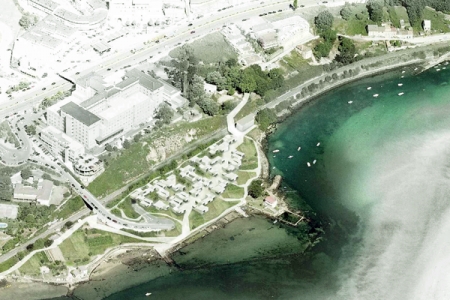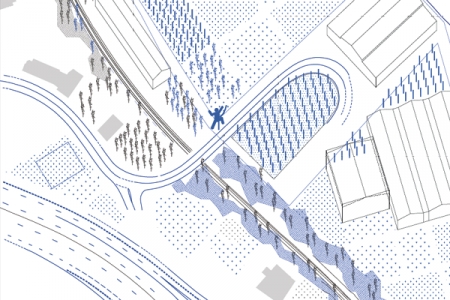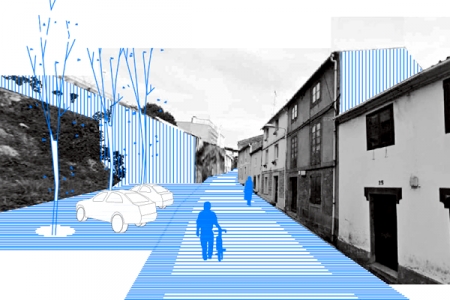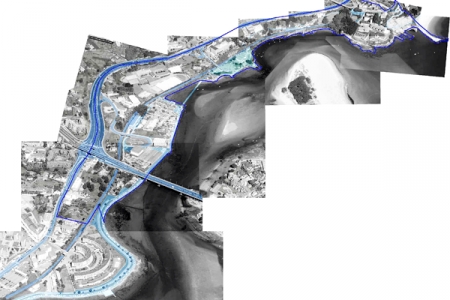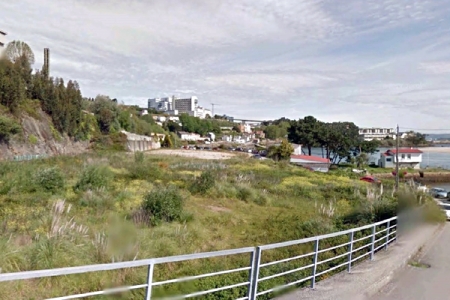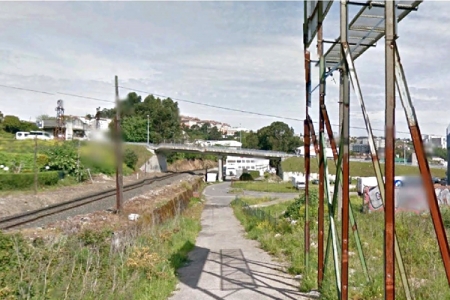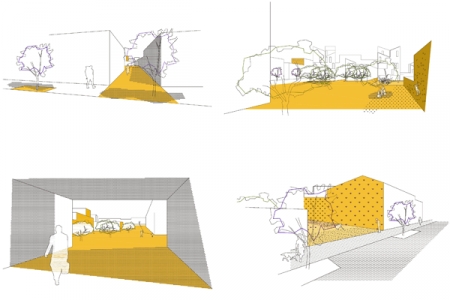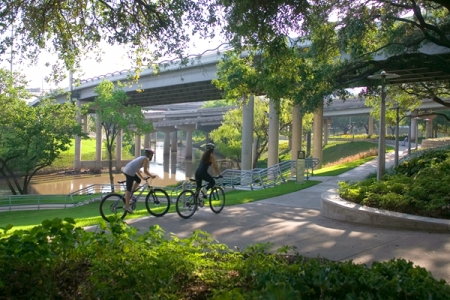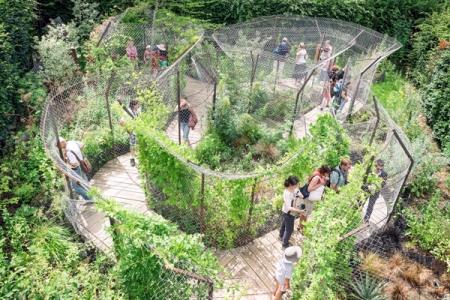Paseo por la Ría del Burgo
A Coruña (ES) – Mentionné
DONNÉES DE L’ÉQUIPE
Représentant d’équipe : María Mestre García (ES) – architecte ; Associés : Giammattia Bassanello (IT), Almudena Mampaso Cerrillos (ES), Ignacio Moreu Fernández (ES) – architectes
Madrid – España
moreumestre.com / mambaoffice.com
Voir la liste complète des portraits ici
Voir la page du site ici

G. Bassanello, A. Mampaso Cerrillos, M. Mestre García & I. Moreu Fernández
INTERVIEW en anglais
Cliquer sur les images pour les agrandir
1. How did you form the team for the competition?
The team was already formed. For the last 6 years we have participated in several international competition together and it gave us the opportunity to develop the awarded projects. Our offices are located in Madrid and Roma.
2. How do you define the main issue of your project, and how did you answer on this session main topic: Adaptability through Self-Organization, Sharing and/or Project (Process)?
The main issue of our project is to develop a parametric tool that operates on critical situations understood as obstacles in the landscape, and generate multiple solutions. First of all we answer to the adaptability and self-organization requirement with a method and common rules in which the administration have the role of manager and share responsibilities and investments with private stakeholders and other organizations; a Welfare State is ensured by a multilateral involvement. Precisely, the sharing culture confronting individualism is taken into account with the multiplicity of actors, individually liable and at the same time involved into a global solutions mechanism. Finally, the concept of process results implicit since the first moment with a project that has to be generated or assembled with the parametric tool and the rules stated.
3. How did this issue and the questions raised by the site mutation meet?
These situations –recognized as operators of the tool– depend on a context that is abstract, changing and decisive for the development of the city. This context is considered in a parametric form, generating different solutions according to the possible context. All these situations or operators are articulated within a common link. The routes that organize all the area (the Pasaxe road, the pedestrian street, the railway train and the estuary) have the ability to generate unity and cohesion in the land regardless of the developed solution.
4. Have you treated this issue previously? What were the reference projects that inspired yours?
In the previous Europan edition, we proposed a unitary Project as well, incorporating different atmospheres and situations. The main topic was the same as in the current "Adaptable City" edition and using the same criteria we valorised and optimized the identity of the proposed area. To address some of the concerns raised by the context, we considered projects like Buffalo Bayou Promenade (SWA Group) or Les Fleurs Maudites (Francois Flohic and Lucien Puech) as good answers integrated into an urban landscape.
5. Today –at the era of economic crisis and sustainability– the urban-architectural project should reconsider its production method in time; how did you integrate this issue in your project?
Today, the production method of the urban-architectural project has more than ever the responsibility to optimize resources and enhance values with flexible proposals that will enable to follow the transformations. In this way, the project offers the rules, analyses and defines the operators and with the variables of actors and resources seeks the different scenarios for the reskilling area.
6. Is it the first time you have been awarded a prize at Europan? How could this help you in your professional career?
In the previous Europan edition we were awarded with a Special Mention. Obtaining an Europan prize means to be part of the European young architects panorama. It helps you participate in the discussion that attends our profession nowadays transformations and be supported by a strong communication mechanism.
